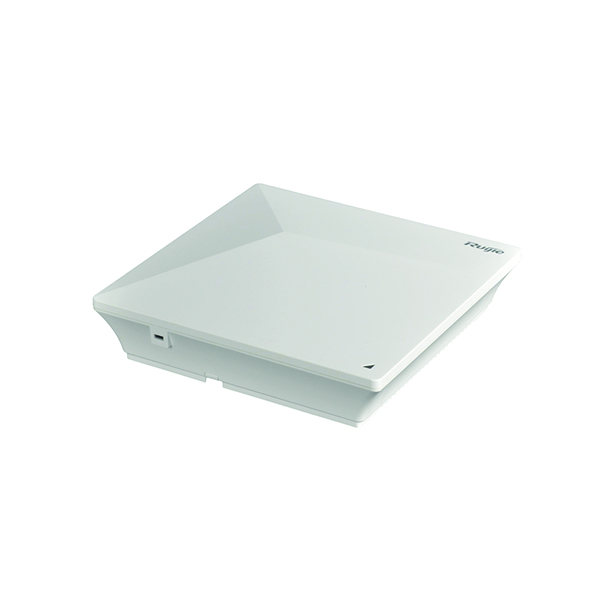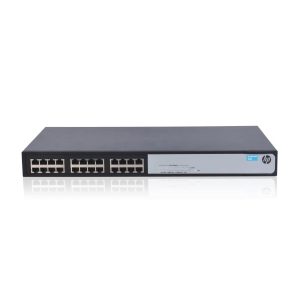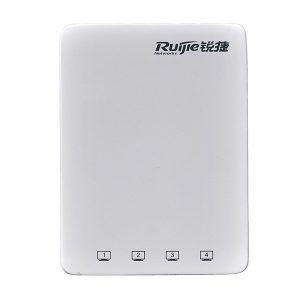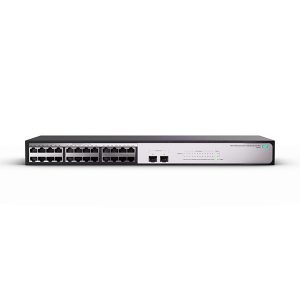| Model | RG-AP530-I V2 | ||
| Radio | Concurrent dual-radio dual-band | ||
| Protocol | 802.11a/b/g/n/ac | ||
| Operating Bands | 802.11b/g/n: 2.4GHz to 2.483GHz | ||
| 802.11a/n/ac: 5.150GHz to 5.350GHz, 5.47GHz to 5.725GHz, 5.725GHz to 5.850GHz (vary depending on countries) | |||
| Antenna | Built-in Antenna | ||
| 3×3 MIMO | |||
| Spatial Streams | 3 | ||
| Max Throughput | 1750Mbps | ||
| Modulation | OFDM: BPSK@6/9Mbps | ||
| QPSK@12/18Mbps | |||
| 16-QAM@24Mbps | |||
| 64-QAM@48/54Mbps | |||
| DSSS: | |||
| DBPSK@1Mbps | |||
| DQPSK@2Mbps | |||
| CCK@5.5/11Mbps | |||
| MIMO-OFDM: | |||
| BPSK, QPSK, 16QAM, 64QAM and 256QAM | |||
| Receiver Sensitivity | 11b: -93dBm(1Mbps), -89dBm(5Mbps), -87dBm(11Mbps) | ||
| 11a/g: -89dBm(6Mbps), -82dBm(24Mbps), -78dBm(36Mbps), -72dBm(54Mbps) | |||
| 11n: -85dBm@MCS0, -67dBm@MCS7, -83dBm@MCS8, -65dBm@ MCS15 | |||
| 11ac HT20: -85dBm (MCS0) , -60dBm (MCS9) | |||
| 11ac HT40: -82dBm (MCS0), -60dBm (MCS9) | |||
| 11ac HT80: -79dBm (MCS0) , -54dBm (MCS9) | |||
| Transmit Power | 100mw | ||
| Adjustable Power | 1dBm | ||
| Service Port | 2 10/100/1000BASE-T Ethernet ports | ||
| Management Port | 1 console port | ||
| LED Indicators | 1 LED (red, green, blue, orange, and flashing modes, breathing flashing mode for smart device access, and the indicator can be switched off to silent mode) | ||
| IP Rating | IP41 | ||
| Safety Standard | GB4943, EN/IEC 60950-1 | ||
| EMC Standard | GB9254, EN301 489 | ||
| Health Standard | EN 62311 | ||
| Radio Standard | EN300 328, EN301 893 | ||
| Bluetooth | BT4.0 (BLE) | N/A | |
| iBeacon | |||
| WLAN | Maximum clients per AP | Up to 256 | |
| BSSID capacity | Up to 16 per radio Up to 32 per AP | ||
| SSID hiding | Support | ||
| Remote Intelligent Perception Technology (RIPT) | Support | ||
| X-speed | Support | ||
| STA control | SSID/radio-based | ||
| Bandwidth control | STA/SSID/AP-based speed control | ||
| Preference for 5GHz (band select) | Support | ||
| Security | PSK, Web, and 802.1x authentication | Support | |
| Data encryption | WPA (TKIP), WPA2 (AES), WPA-PSK, and WEP (64 or 128 bits) | ||
| QR code authentication | Support | ||
| SMS authentication | Support | ||
| PEAP authentication | Support | ||
| Data frame filtering | Whitelist, static/dynamic blacklist | ||
| User isolation | Support | ||
| Rogue AP detection and countermeasure | Support | ||
| Dynamic ACL assignment | Support | ||
| WAPI | Support | ||
| RADIUS | Support | ||
| CPU Protection Policy (CPP) | Support | ||
| Network Foundation Protection Policy (NFPP) | Support | ||
| L2 Features | IGMP snooping | Support | |
| VLAN features | Support | ||
| Routing | IPv4 address | Static IP address | |
| IPv6 CAPWAP tunnel | Support | ||
| ICMPv6 | Support | ||
| IPv6 address | Manual or automatic configuration | ||
| Multicast | Multicast to unicast conversion | ||
| Location-based Service | Wireless position tracking | Support | |
| Management and Maintenance | Network management | SNMP v1/v2C/v3, Telnet, SSH, TFTP, FTP and web management | |
| Real-time spectrum analysis | Support | ||
| (need to integrate with SNC) | |||
| Fault detection and alarm | Support | ||
| Statistics and logs | Support | ||
| FAT/FIT switching | The AP working in FIT mode can switch to the FAT mode through the RG-WS wireless AC. | ||
| The AP working in FAT mode can switch to the FIT mode through a local console port or Telnet. | |||
| Dimensions (W x D x H) (mm) | 205 × 205 × 42 | ||
| Weight | 0.7kg | ||
| Installation Mode | Ceiling/wall-mountable | ||
| Power Supply | Local power supply and PoE (802.3af) | ||
| Power Consumption | <12.95W | ||
| Temperature | Operating Temperature: -10°C to 50°C | ||
| Storage Temperature: -40°C to 70°C | |||
| Humidity | Operating Humidity: 5% to 95% (non-condensing) | ||
| Storage Humidity: 5% to 95% (non-condensing) | |||







